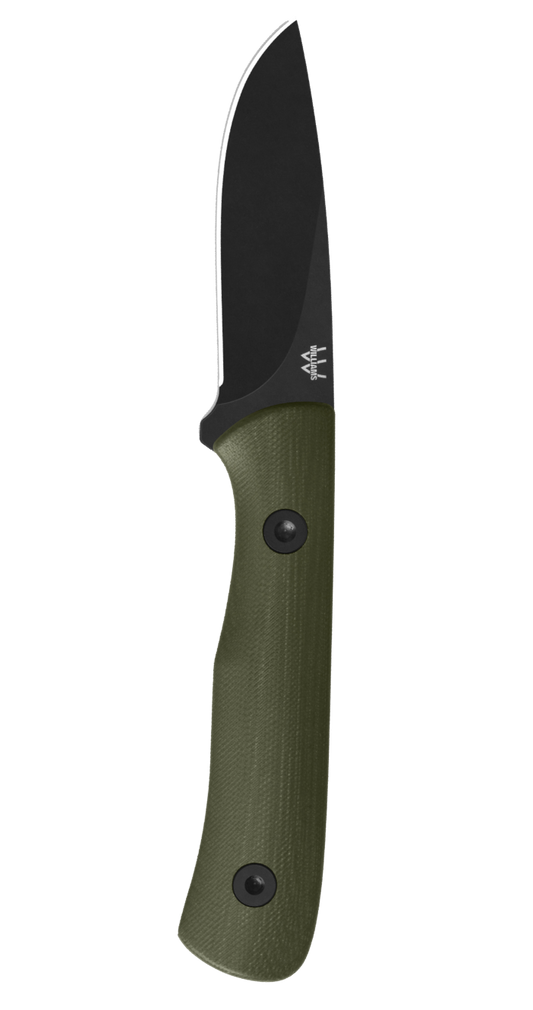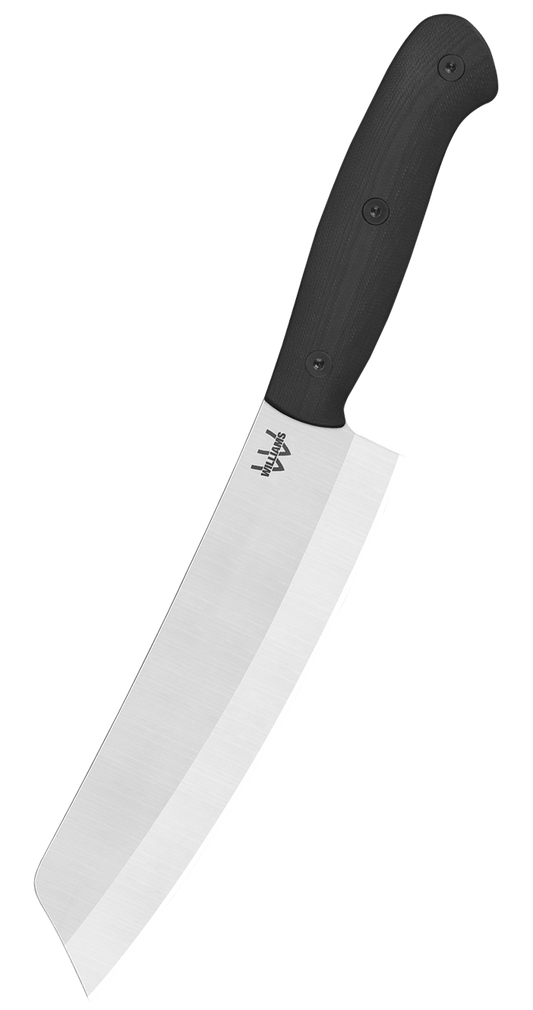As most know, April and May are great months for catching Mahi-Mahi along the Atlantic and Gulf coasts. Mahi are of course popular because they are so amazing to eat. Their firm white meat cooks up easily in the oven, on the stove top and on the grill, making it one of our favorites for outdoor parties and camping. Whether you’re serving it as a filet or blackened with avocado-lime sauce in a taco, summer seafood doesn’t get better than mahi-mahi.
Once you’ve landed a mahi-mahi, a.k.a. Dorado … a.k.a. Dolphin, and dispatched it, you’ll want to clean and filet the fish before storing it. The way you clean and filet a mahi-mahi is similar to the way you do most other fish, with a little creative cutting to take into account this fish’s unique shape.
Special Notes for Fileting a Mahi Mahi
Before you filet a mahi-mahi, gather your tools: You’ll need a knife, a large, clean work surface, and a towel to wipe your hands and knife. Use a knife designed specifically for fileting fish, as a standard kitchen knife or pocket knife will prove laborious, if not downright dangerous. Although you can clean a trout with a pocket knife, that won’t work here. As with any task involving a knife, make sure the blade is sharp. A sharp filet knife will make the job easier and much faster.
How Do You Filet a Mahi-Mahi?
You can filet a mahi-mahi in seven easy steps. If you’re familiar with fileting fish, you’ll find fileting a mahi-mahi relatively easy, with a few special considerations added for this fish’s unique shape:
- Lay the fish on its side and make an incision behind the pectoral fin. Start cutting up and around its gills toward its forehead (males will have more forehead meat to cut around).
- Follow the shape of the forehead with your knife to the near side of the backbone. Then follow the backbone with the blade toward the tail.
- When you get near the tail, lift the knife, cutting up and away to release the filet from the backbone. Work the knife over the same path along the backbone and rib bones to release the filet fully.
- Flip the fish over so its other side is facing you.
- Follow steps 1, 2, and 3 again to release the filet from the second side.
- Remove the skin by placing the knife between the edge of the skin and the flesh, slowly cutting under the skin and lifting it away as you cut.
- Trim and clean any remaining bones, skin, or other undesirable pieces, and then cut them into smaller filets for packaging.
Non-optional final step: Clean your knife properly. (This in fact shouldn’t be a step but instead, a habit).
Should I Eat Mahi-Mahi With Skin On?
As noted, mahi-mahi skin is tougher than the skin of the average game fish. Most people prefer to remove the skin, as the filets are firm enough to cook without the support of the skin. But if you’d like to leave it on for presentation, just skip step 6 in the directions above.
How Do You Cut Mahi-Mahi Into Steak?
A fish steak is a crosscut of the fish and usually includes the backbone and rib bones. Because of mahi-mahi’s robust backbone and rib structure, steak cuts are not an appetizing way to eat the fish. Fortunately, mahi-mahi produce thick filets and their firmer texture eats like a steak. Simply cut the filets into larger pieces, or leave the entire filet whole for the “wow factor” when presenting an enormous cut of fish to a table of hungry family and friends.












